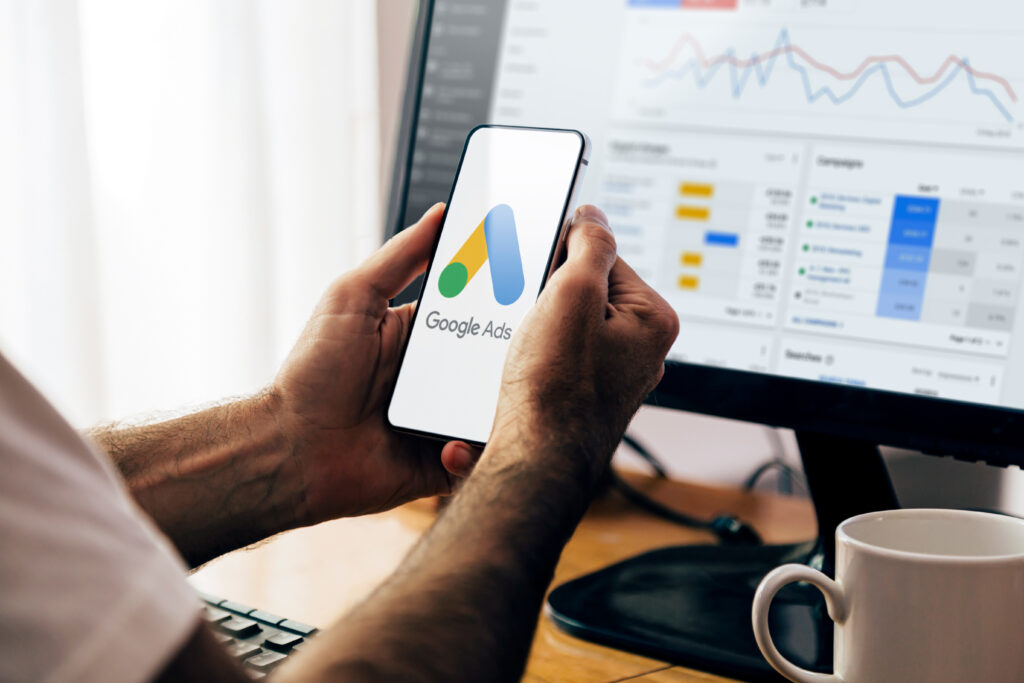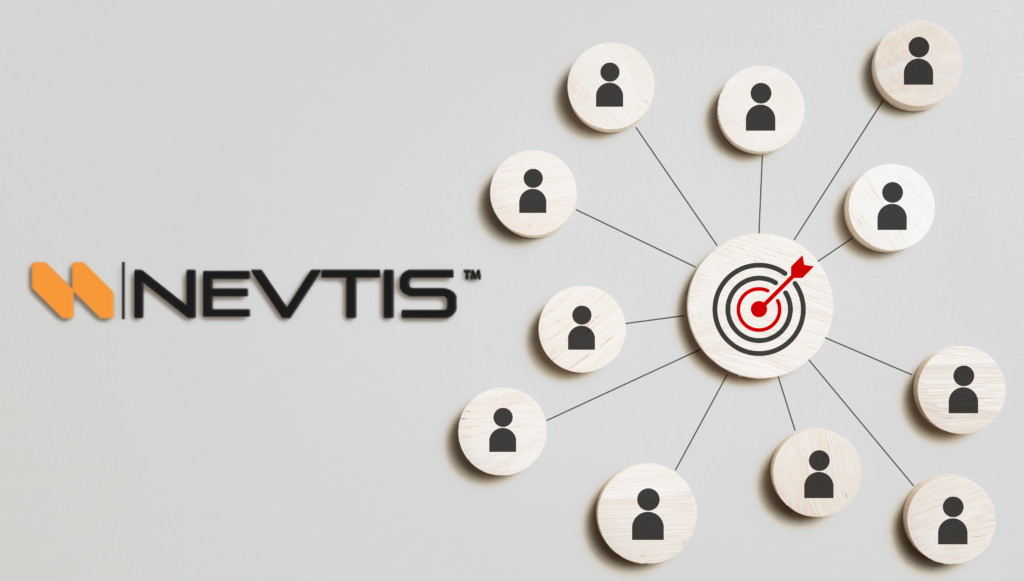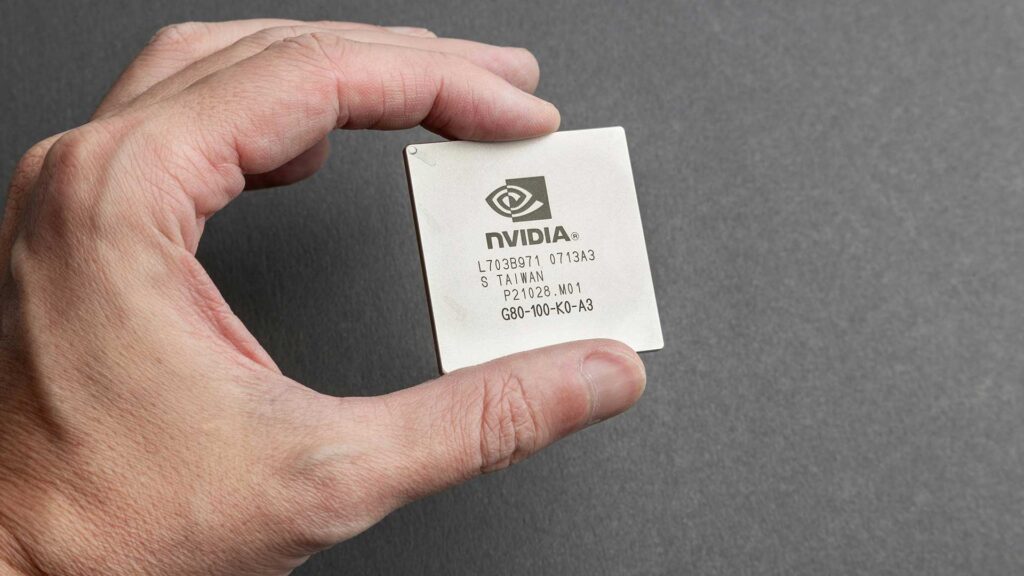Unveiling the Power of Minimum Viable Products (MVPs) in Product Development

Bringing a new product or service to market is a monumental task fraught with challenges. The risk of failure looms large, compounded by the high costs associated with developing a full-fledged product. Countless startups and even established companies have faced the harsh reality of pouring resources into a product only to find that it doesn’t resonate with users or address a genuine need.
Enter the Minimum Viable Product (MVP), a strategic approach that has revolutionized the way entrepreneurs and businesses navigate the treacherous waters of product development. At its core, an MVP is about building the simplest version of your product with only the essential features necessary to solve a user’s problem. By doing so, you can gather invaluable feedback from real users, allowing you to iterate and refine your product based on actual market demand.
2. What is an MVP?
Let’s clarify what we mean by an MVP. An MVP is not a prototype designed solely for internal testing or demonstration purposes. Instead, it’s a functional product that is released to real users, albeit with minimal features. The goal is to gauge user reactions, validate assumptions, and gather insights to inform future iterations.
3. Benefits of Building an MVP
Reduced development time and cost:
By focusing on the core functionalities, you can save precious resources that would otherwise be spent on building unnecessary features. This lean approach not only accelerates the development process but also reduces costs significantly.
Early validation of your idea:
Launching an MVP allows you to test the waters and see if your product solves a genuine problem. Real user feedback provides invaluable insights into whether your idea has merit and resonates with your target audience.
Identify and prioritize features:
One of the key benefits of an MVP is the ability to identify which features are essential to your users. This knowledge enables you to prioritize future development efforts effectively, focusing on what matters most to your audience.
Flexibility and adaptability:
MVPs are inherently flexible, allowing you to adapt your product based on user feedback. This iterative approach increases the likelihood of delivering a successful end product that meets the evolving needs of your users.
4. Steps to Building an MVP
Define your target customer:
Start by identifying your ideal user and understanding their specific needs and pain points. This clarity will guide the development process and ensure that your MVP addresses real-world problems.
Develop a value proposition:
Craft a compelling value proposition that clearly articulates the core benefit your product offers to users. This will serve as the foundation for your MVP and help you stay focused on delivering value.
Prioritize features:
With a clear understanding of your target audience and value proposition, prioritize the features that are essential to delivering your product’s core value. Remember, less is often more when it comes to an MVP.
Develop your MVP:
This stage involves bringing your MVP to life, whether through wireframes, landing pages, or a basic version of your product. The key is to keep it simple and focus on the core functionality.
Launch and gather feedback:
Once your MVP is ready, it’s time to get it in front of real users. Actively collect feedback through surveys, interviews, and user testing to gain insights into how your product is being received.
Analyze and iterate:
Carefully analyze the feedback you receive and use it to iterate and improve your product in the next iteration. This iterative process is crucial for refining your MVP and ultimately building a successful product.
5. Examples of Successful MVPs
Dropbox:
Dropbox famously launched with a simple MVP—a video demonstrating the product concept. The overwhelmingly positive response validated their idea and paved the way for their subsequent success.
Airbnb:
Airbnb started as a simple website offering air mattresses on the floor. By testing their concept with an MVP, they were able to refine their offering based on user feedback and grow into a global phenomenon.
6. Conclusion: The Power of the MVP Approach
In conclusion, the MVP approach represents a paradigm shift in product development—one that prioritizes agility, validation, and user-centricity. By embracing the principles of MVP, entrepreneurs and businesses can de-risk product development, increase their chances of success, and ultimately deliver products that truly resonate with their users.
Remember, building an MVP is not a shortcut; it’s a strategic method for navigating the complexities of product development. By starting small, listening to your users, and iterating based on feedback, you can set yourself up for long-term success.
Additional Tips:
- Incorporate visuals such as infographics or user journey maps to enhance understanding.
- Provide actionable takeaways at the end, guiding readers on how to implement the MVP approach for their own ideas.
With the power of MVPs, even the most ambitious ideas can be brought to life with greater confidence and efficiency. Whether you’re a seasoned entrepreneur or a first-time founder, embracing the MVP approach can be the key to unlocking success in today’s fast-paced and ever-evolving market landscape.


 English
English 































































































































































